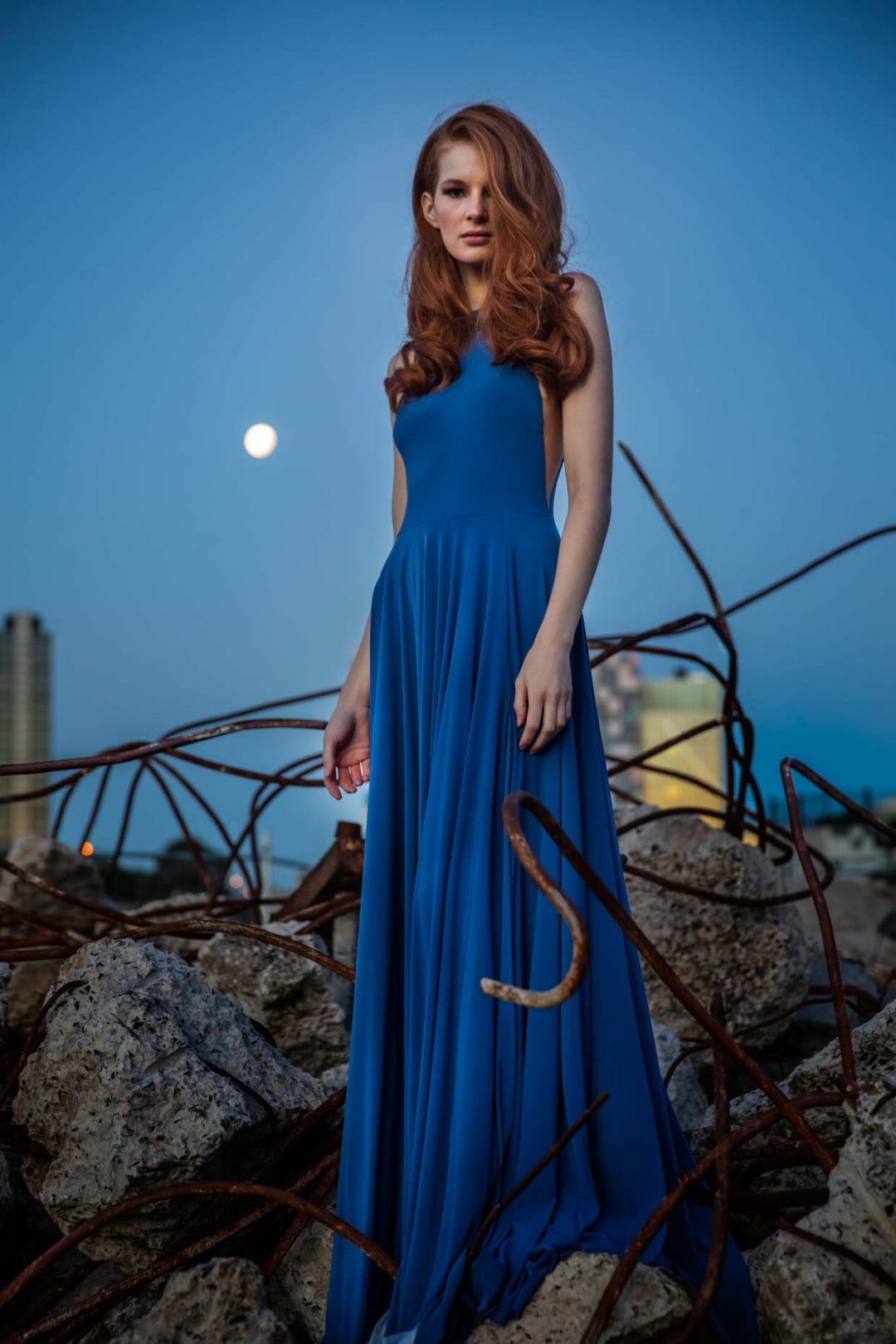“When this is all over, we’re going to want to dress up…” Roger Leong. Pictured, model Helena Witte in Jason Grech classic blue gown. Helena is managed by The Talent Buro. Make-up by Yvonne Borland. Photo SIMON SCHLUTER
Janice Breen Burns plots the loony blips and likely future fads on fashion’s timeline. This story first appeared on Nine Media‘s The Age Spectrum and Sydney Morning Herald.
The Alexandra Limp took off like most fashion fads do. A few cool girls copy their fave influencer, a few more copy the copiers, then more and so on until voila! half the Bright Young Things in 1860s London were getting about in odd-heeled shoes, rocking side to side in their crinolines like peg-legged sailors and weilding – accessory du jour – a fancy walking stick lest their fave new fashion fad tip them A-over…
So what’s a dopey fashion trend (newspapers hooted how stupid for months until a Victorian lady’s journal finally declared the limp “out” and hobble skirts “in”) sprung 150 years ago got to do with the fashions we’ll most likely to gravitate to after the apocalyptic COVID19 pandemic?
In fact the limp, copied when Queen Victoria’s tres chic daughter-in-law Alexandra acquired one from a nasty bout of rheumatoid fever, is one among many spasms and seismic shifts along fashion’s timeline triggered by sickness, social deprivation, economic depressions, wars and, yes, plagues and the odd global pandemic.
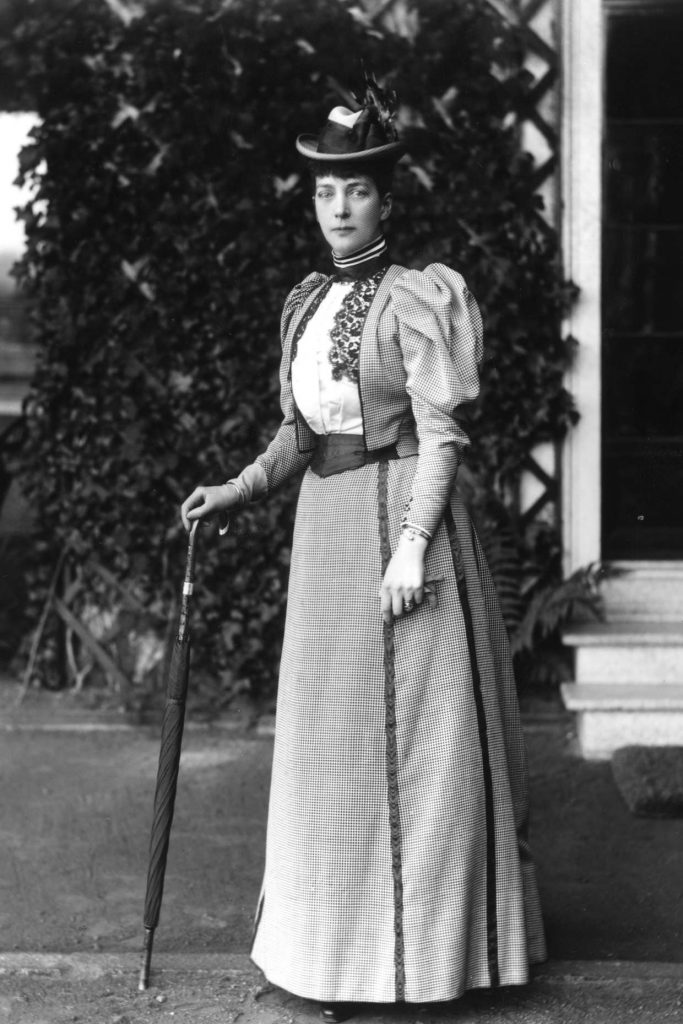
Some are worth a doctorate’s thesis. Why do glamour and hemlines dial down in times of fear, for example, then up again when they’re over? Others are just balmy.
Impassioned amateur historian and celebrated milliner Richard Nylon lumps those Limpers into myriad fads he found researching how sickness – of one influencer, or a whole plague-affected population – has affected fashion for centuries.
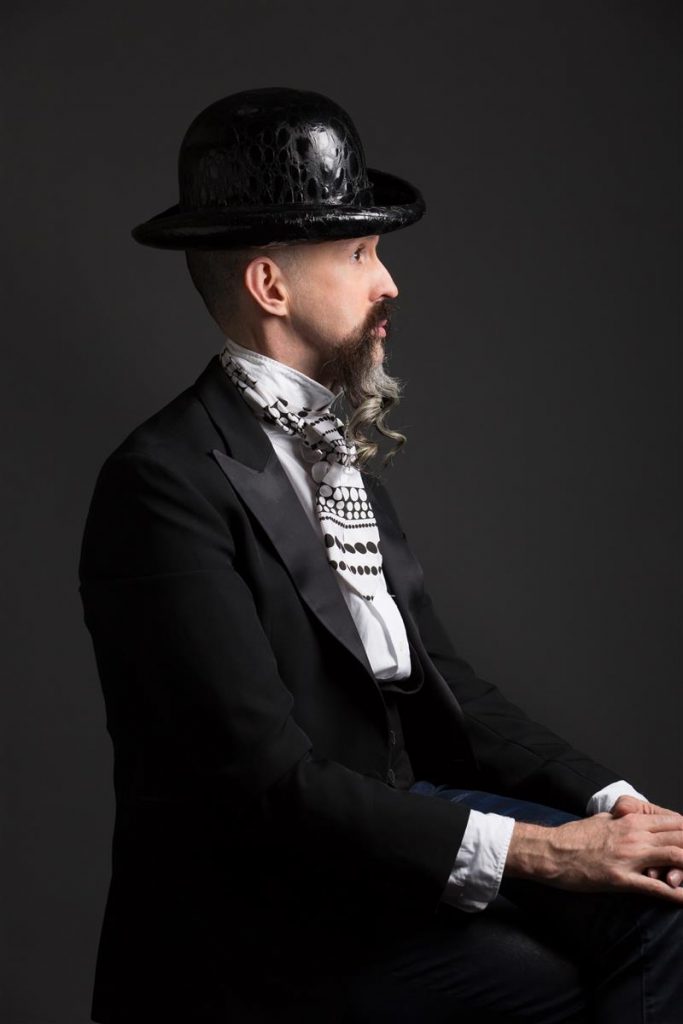
“Royalty and the aristocracy were the rock stars and fashion influencers of their time,” he explains. “Whatever they did, their courtiers and followers copied. It wasn’t like now when we can all wear fashion. Only rich people could be fashionable so it in that case it was only rich young women who could do the limp. Poor people couldn’t afford to; they just had to wear what was on their back until it fell apart.”
Feigning sickness and limping with a fancy stick in other words, was a mark of privelage, like sporting an Hermes bag, Kiton K50 suit or Prada shoes today. And, pity the poor wretches who were excluded. (Insert eye-rolling emoji here.)
Nylon found fashion fads sprung from plagues and sicknesses dating back to the 13th and 14th centuries: “Louis the 14th caused one when he had to wear these bandages around his backside after he’d had surgery for an anal fistula,” he says. “Very serious, very painful, but his courtiers started getting about with padded backsides and bragging they’d had a fistula cured too….”
Another trend triggered by English king Henry 8th’s gout, saw his bulbous “bear paw” slippers and shoes, cut to fit his gouty feet, become so popular they transcended another trend for abnormally long and narrow, point-toed shoes that had dominated both men’s and women’s fashion for a hundred years.
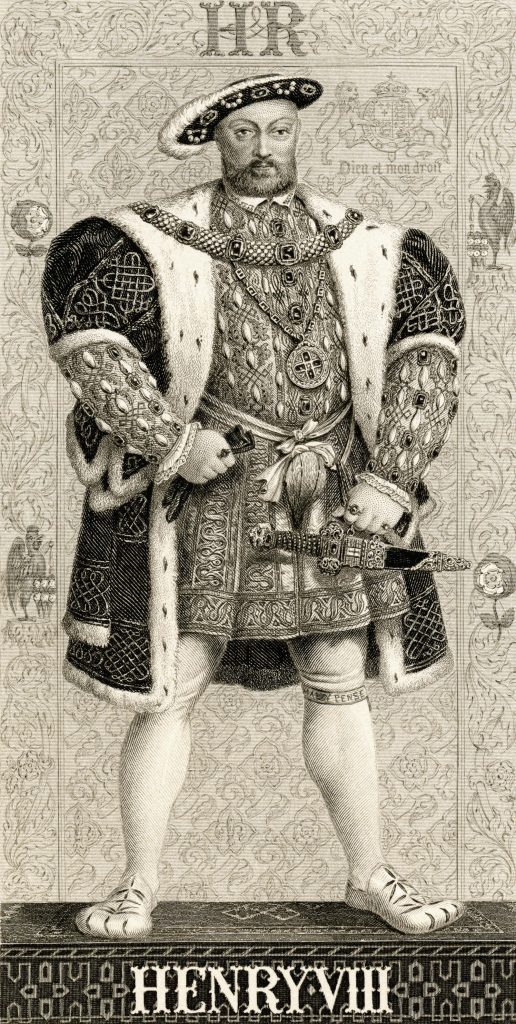
Even the delicate, expensive veils and moleskin “beauty spots” worn by 18th century aristocrats to hide the skin-pocking effects of small pox were copied so widely, for so long, they still turn up in millinery and fringe-fashions today.
History is peppered with clues to what we might be wearing when our pandemic is over says to Danielle Whitfield, senior curator, fashion and textiles, at the National Gallery of Victoria: “Fashion is a cultural expression that reflects and responds to what is going on in the world: social, political, economic, environment or in this case, pandemic.”

If we look back, according to Whitfield, we can speculate forward. “There’s also a distinction between a fashion response that is sent down a runway,” she qualifies, “And a fashion response coming from the street.”
From streets and, these days from social media channels, collective consciousness in the wake of fear spells itself out in fashion’s loaded alphabet of silhouettes, hemlines, tailoring styles and decorative details.
Senior curator at the Museum of Applied Arts and Sciences (MAAS) Roger Leong says there are crystal examples in recent history of collective guilt, relief, morality and joy that pools in post-distaster fashions. He cites the double whammy of World War One and the global Spanish flu pandemic that killed 50 million around 1918, for example. Relief resolved into an anti-death pro-health wave of sporty, body conscious fashions. “It was the beginning of modern body culture,” he says, “Chanel (Coco) was promoting sunbathing and fresh air, fashion magazines were full of images of people exercising, riding bicycles, being active, playing tennis, playing golf, being healthy…”

Being anything but sick or fearful. “That was the first time that clothing people would wear for sports started influencing fashion generally,” Leong says. “Tennis, golf; for men, golfing plus-fours (trousers cropped and cuffed around the knee) were all the rage…”
Leong says similar collective sentiments swept fashion into a new aesthetic 80 years later, particularly in menswear, as antriretroviral drug therapies finally slowed the HIV aids pandemic after claiming 32 million lives.
“There was this incredible rise of body culture,” he says. “The obsession with building up muscle, looking ultra healthy was a reaction to that wasting that AIDS did, especially to so many gay men. It started with them wanting to look exactly the opposite of what AIDS did. Eventually the body itself, the ultra healthy, muscled body, became the most important fashion accessory you could have, and then that spread.”
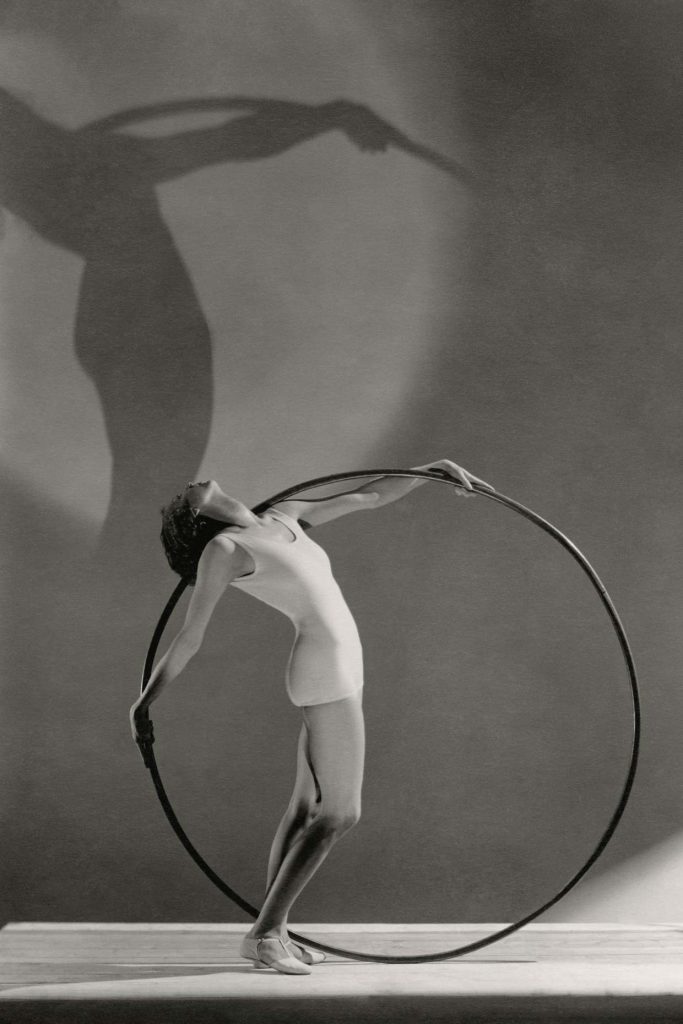
Leong believes that fashionable flush of post-pandemic body consciousness evolved into today’s obsession with fitness and activewear; an ironic footnote to COVID19’s most popular lockdown wardrobe.
Fashion’s only measurable link to social conditions, the so-called Hemline theory, was also calibrated in the 20th century’s oscillating spells of war and peace, sickness and health. Happy people, the theory goes, hoik their hemlines up for booms (such as the Roaring Twenties, Swinging Sixties and Ostentatious Eighties), down for busts (such as the Great Depression, the 1989 Crash and Recession We Had to Have, and the 2008 Global Financial Crisis).
“It does seeeeeem to work,” Leong muses carefully. “Sometimes. Mostly…” The Edwardian era’s matronly floorsweepers were the theory’s first data entry. With a blast of post-war post-plague relief, Roaring Twenties hemlines shot up to an historic high at the knee on liberatingly corsetless flapper frocks with flirty tiers of silk and beads that flickered and whipped about as you danced. Then the plunge. With the stock market crash of 1929, the social devastation of the Great Depression, lives and hemlines fell. Back to mid calf.
Only rarely has the accuracy of Hemline Theory wobbled. During WW2, for example, hemlines might have been expected to drop but severe rationing, including of clothing material, kept them hovering, contextually “short”, around the knee until well beyond V Day 1945. By 1947, years of fear and joyless “utility clothing” had fuelled a collective hunger so deep that women, many of whom had lived bravely and independantly through years of war, fell en masse for an unlikely cure.

Paris designer Christian Dior’s New Look offered happiness in an archtypal version of femininity. Lush skirts swung gracefully down to mid-calf and waistlines cinched by a class of corsetry not seen for 40 years. The New Look’s hyper-glamour still resonates across fashion today.
Leong says social conditions mushrooming in the current pandemic could trigger an equally seismic shift. “Maybe a collar, and some padding in the shoulders?” he laughs, “I have a feeling our fellow citizens will be so sick of trackie dacks and polar fleece, they’ll want to flaunt when this is all over. We’re going to want to dress up!”
In fact fashion commentators are widely forecasting an explosive post-pandemic return to glamour, particularly soft-tailored, extravagantly draped silhouettes. Leong, however, says if it happens, it could be tempered by collective sensitivity, perhaps even guilt, about the socio-economic imbalance we see around us.
“We’ll probably be in a recession when we come out of this so we can look to the lessons of the 1930s,” he says. “There were so many people – 30 per cent – who had lost their jobs, lost everything, you had to be sensitive. Ostentatious shows of wealth weren’t on. In the Depression, and actually later in the 1990s too (after the 1989 crash when minimalist monotone Japanese-esque fashion dominated) people developed this sort of “stealth wealth” way of dressing.”
Stealth Wealth is outwardly modest, often minimalist, and invariably much more expensive than it looks at first glance. And, as it’s often understated to the point of dowdiness, it’s tricky to predict how fashion’s already wildly varied and splintered markets will react, post-pandemic, to toning down the glamour after months in fleecy lockdown, sensitivities or not.
Easier to predict, says Leong, is the likelihood that fashionable versions of PPE (Personal Protective Equipment) will figure in most of our wardrobes. Fashionably patterned and global logo printed face masks, for example, are already a thing and; “Science will come into fashion more,” he says.
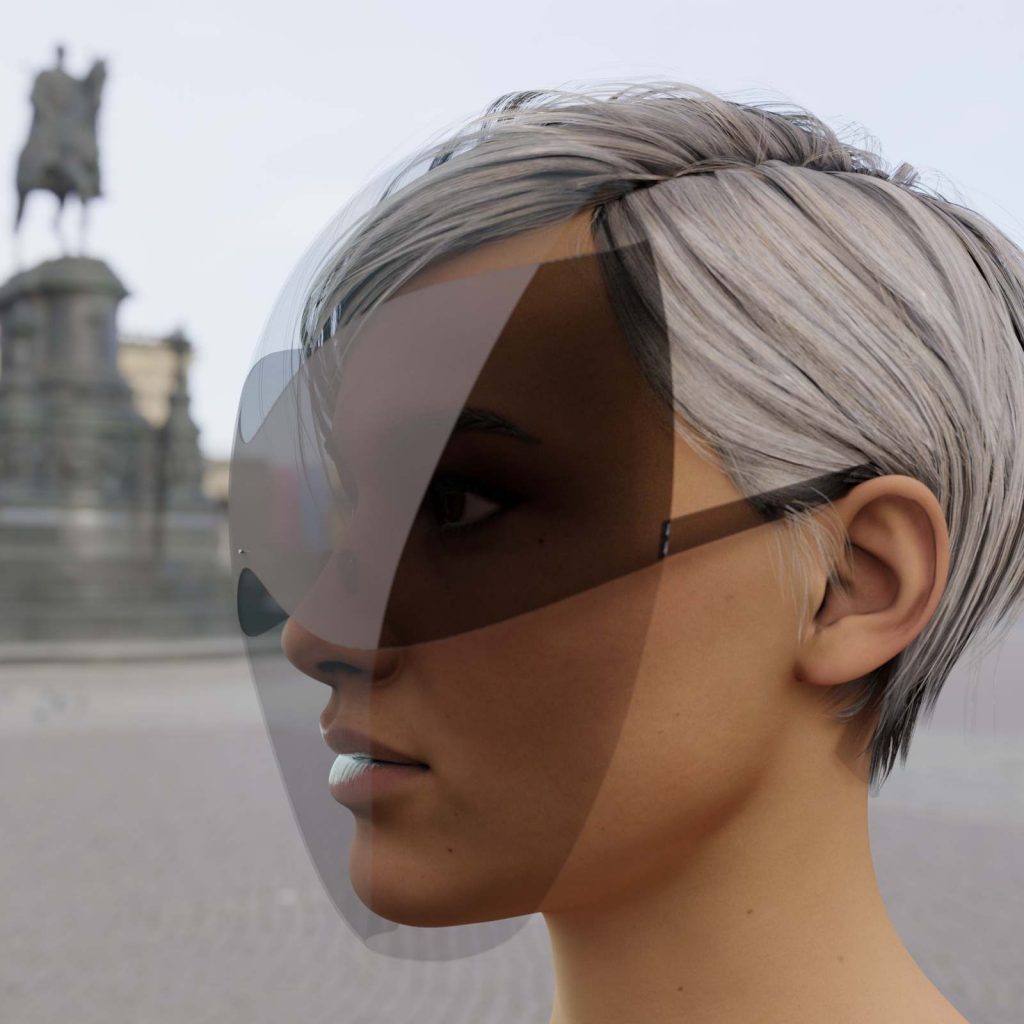
London brand Vollebak is already ahead of that curve; orders for its anti-virus jacket woven from 11 kilometres of “virus inhibiting” copper yarn rolling in. In the US, American designer Joe Doucet’s proposal for a sleek faceshield worn like a pair of sunglasses is also gaining traction as a global fad. And Chinese architect Sun Dayong’s prototype for a half-body shield resembling a purple perspex insect carapace is also strangely alluring in this strange world.
Odd as these new fashion accessories are now, they’re seeming less odd as the lockdown weeks roll by, just as once on a blip in fashion history, a limp or a bandaged bum seemed odd too, then not. “Remember, everything we choose to put on to clothe our nakedness and keep warm (the fundamental purpose of clothes),” says Richard Nylon who dug these and other quirks of fashionable behaviour out of history, “Points to our souls, points to our inner being, and then points outward to society….”

